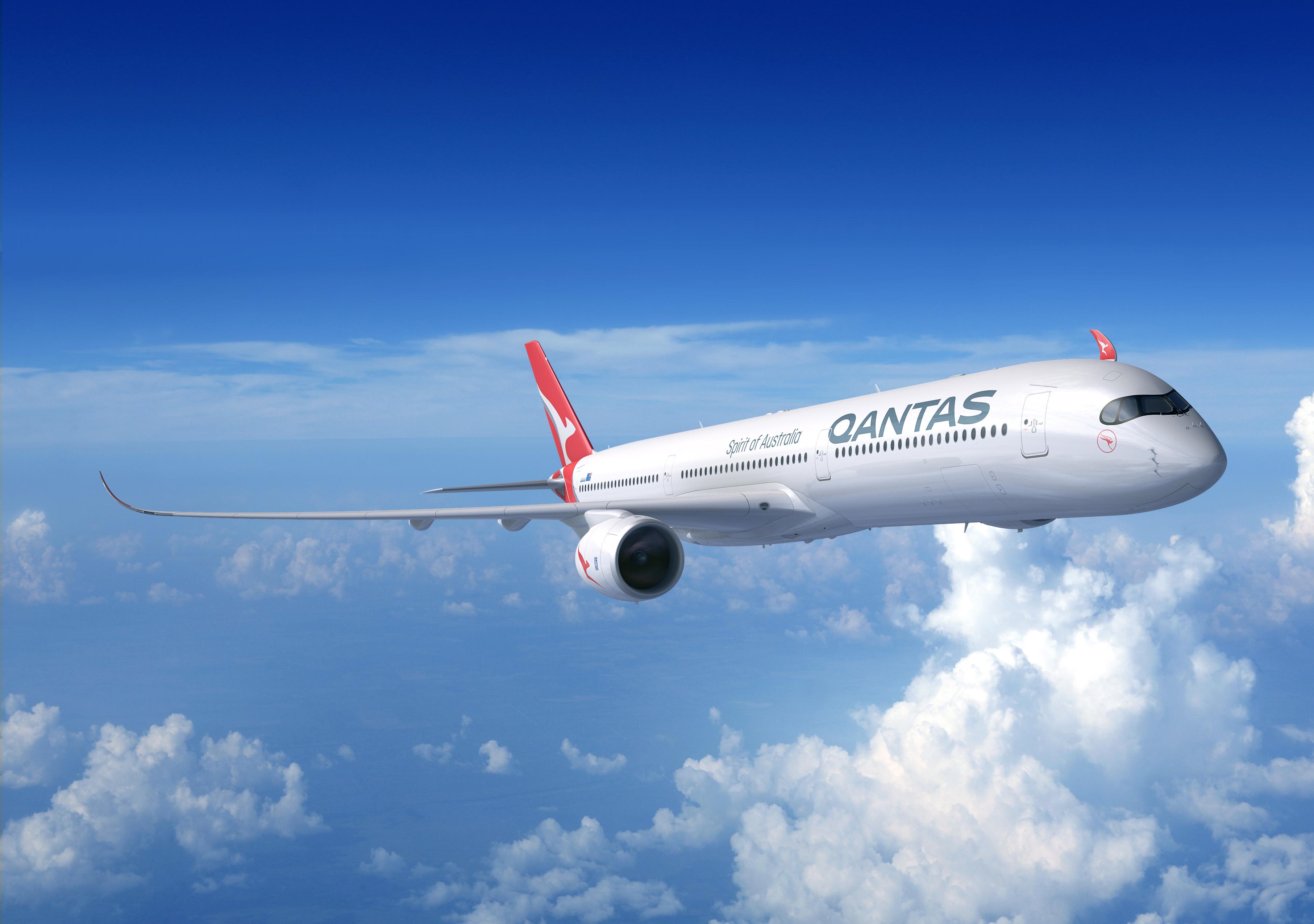
Qantas CEO Alan Joyce is hoping to revisit ultra-long-haul operation “Project Sunrise” later in 2021, for a possible launch from 2024, which could coincide with the Australian carrier’s Airbus A380s emerging from storage.
Speaking on a Eurocontrol “Aviation Straight Talk Live” webinar Feb. 2, Joyce talked about Qantas’ mid-term fleet plans, touching on Project Sunrise, future plans for the A380s and the airline’s narrowbody renewal.
In late 2019, Qantas selected a modified A350-1000 over the Boeing 777X as the lead contender for Project Sunrise, an initiative where Qantas challenged the major airframers to come up with a solution for ultra-long-haul routes.
Qantas planned to make a final decision on Project Sunrise in March 2020 and finalize an order for up to 12 aircraft, for delivery in 2023, just as the COVID-19 crisis hit.
“We were taking it unbelievably seriously,” Joyce said. “We had designed a product. We had picked an aircraft, the A350-1000—we were literally weeks away from ordering it. We had done the deal with airports, where the aircraft was capable of doing it. We had designed a product for ultra-long-haul, and we had done a deal with our pilots, with 86% in favor of a new enterprise agreement.”
Then COVID-19 struck, and Project Sunrise was temporarily put on ice. “We still want to revisit it at the end of [20]21, with the potential of doing it in [20]24, probably, and onwards. But that’s the time frame that we think we could get there,” Joyce said.
In a post-COVID-19 era, Joyce sees even stronger potential for ultra-long-haul, as passengers seek to fly more directly. “That’s an opportunity that we think, over the next 10 years, is pretty huge,” he said.
Joyce added that Qantas is in the unique position to specialize in ultra-long-haul services, because Australia is so far away from everywhere. For carriers like American Airlines, British Airways (BA) or Lufthansa, ultra-long-haul would be a very niche sub-fleet, whereas Qantas could deploy A350-1000s on multiple routes.
“We have three major cities on the East Coast—Brisbane, Sydney and Melbourne—and having flights to London, to Frankfurt, to Paris, to New York, to Chicago, to Rio de Janeiro, to Cape Town, from those cities creates a significant sub-fleet, with economics and scale that we think will work really well,” Joyce said. “So, we’re still very keen on it and we think that’s one of the big things that will change in the next decade. It will allow us to have a sustainable competitive advantage that nobody else is probably going to introduce.”
When asked about the future of Qantas’ A380 fleet, Joyce replied that he still sees future opportunities for the type.
“We’ve parked the aircraft [A380s] for at least three years in the United States. All 12 of them are sitting in the Mojave Desert. It’s a heartbreaking sight. We reconfigured six of them, with a brand-new product on board,” Joyce said. “In fact, one aircraft, which had just been reconfigured in Dresden, flew directly to the Mojave Desert. It’s there with new seats on it and nobody’s ever sat on, which is unbelievably disappointing.”
However, he said that Qantas’ network often operates with tight scheduling windows. This makes the A380 a good choice over multiple frequencies with lower-capacity aircraft, particularly at heavily slot-constrained airports like Heathrow.
“If you’ve ever been in [Los Angeles] between 10 o’clock and midnight, you’ll see six or seven Qantas aircraft departing to Australia, because it’s the only time that works with curfews. So, instead of flying multiple frequencies right on top of each other, an A380 that’s fully written down—if it generates cash—will absolutely work,” Joyce said.
“We do believe there’s a need for that fleet and we do believe that it will generate cash—it’s all going to be about cash when we start up international [again]. Eventually, over time, hopefully we’ll have enough of the A350 aircraft to fly direct and overfly hubs as well. That will take the burden off having the big aircraft needed for those big destinations.”
In the past, Qantas has also talked about the long-term replacement of its domestic narrowbody fleet. Joyce said he plans to revisit this but did not give further details.






Comments